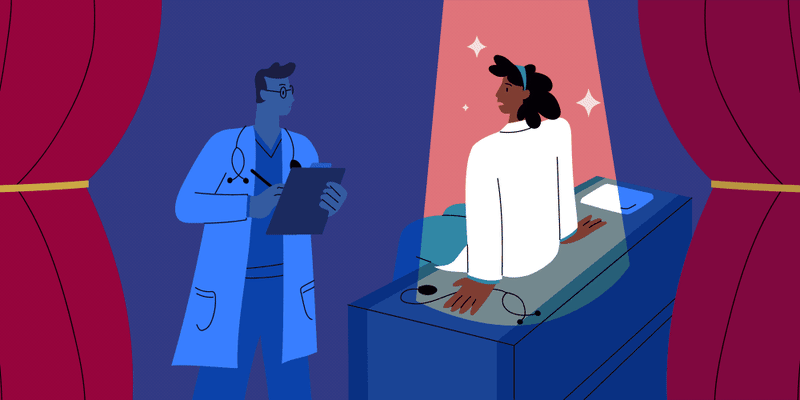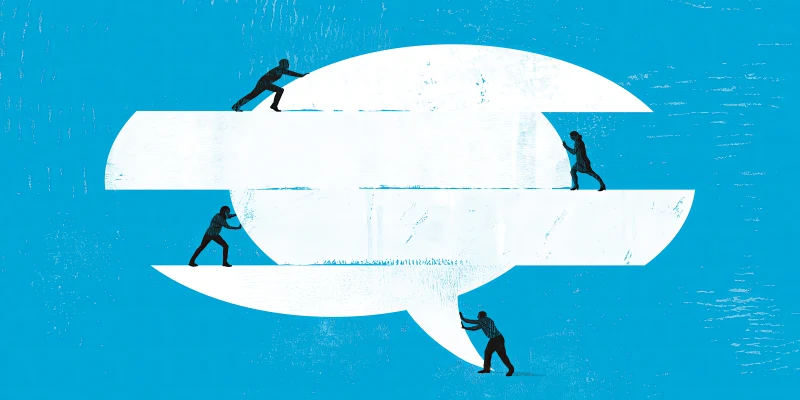
The problem(s)
The US healthcare system is riddled with inefficiency. While electronic health records (EHRs) were envisioned as a quality improvement method, they have numerous flaws that lead to increased costs and disorganized care.
EHRs’ costs are both fixed and derived. The fixed expenses encompass hardware, support staff, security software, and EHR software licensing. Derived expenditures come from EHRs’ lack of interoperability. A patient receiving care across providers has no guarantee that records between providers will be updated, and the onus is often on the patient to facilitate coordination of care. When communication does occur between providers, it is still the norm to use archaic mediums such as faxes or CDs. This inefficient and fractured system leads to repeated and unnecessary procedures and tests, further increasing costs.
Blockchain
Blockchain has become a buzzword in the past year. Most of this interest is fueled by its use in Bitcoin and other cryptocurrencies. However, blockchain applications extend far beyond currency exchanges.

Blockchain refers to a decentralized, distributed, and open ledger of records stored across multiple computers. Each record, or block, has four components:
1. Encrypted data
2. A Hash, or identifying marker derived in part from its data
3. The previous block’s hash
4. A timestamp
Decentralized, distributed, and open
Unlike most records systems that are stored on central servers, blockchains are stored across the computers (nodes) of blockchain users who each contain a copy of the blockchain. Updates, or transactions, of the blockchain initiated by individuals are first broadcasted to the entire network of computers. The entire network of nodes simultaneously works to validate the authenticity of the transaction (called mining) and then adds these transactions as a new block to the blockchain. The time this takes can be set when the blockchain is first created. For Bitcoin, the expected new block time is 10 minutes, while Ethereum, another cryptocurrency, generates new blocks in under 30 seconds.

By containing a timestamp and the previous block’s hash within each new block, each block is linked to the previous block. Thus an uninterrupted chain of blocks is generated, a.k.a. a blockchain!
Although decentralized, openly available to any user, and updated by users — the ledger is secure and reliable. When users propose new data, or transactions, it must be validated by greater than 50% of users. Thus, to create fraudulent updates an individual would need majority control of all nodes in the network, which is unfeasible in a large user base.

Once added to the blockchain, data cannot be altered or it’s hash would change. Because each block is linked to the previous block via its hash, changes to one block would invalidate all subsequent blocks. A hacker attempting to alter data of one block would need to alter data of all subsequent blocks. Because every user has a copy of the most recent blockchain, this is also unfeasible.
Blockchain in EHRs
While blockchain first gained popularity as a method to manage cryptocurrency exchange, the technology can be applied easily to EHRs.
Blockchain’s open access would enable changes to an individual’s EHR (new imaging, procedures, labs) to be updated in real time on an EHR blockchain and instantly available to parties involved in an individual’s care (health care providers, pharmacies, insurance companies, the patient). No more issues with compatibility of different EHR systems or waiting for faxes.
Using a decentralized ledger in EHRs also means data cannot be held ransom. Each user has an updated copy of the blockchain, thus hackers cannot obtain control over the ledger and hold it ransom as WannaCry did to many providers in 2017.
However, how would private medical records be safe on a decentralized, open-access ledger?
Encryption with Keys and Smart Contracts
Every new transaction on a blockchain is visible to all users. However the details of that transaction (new lab result, patient name, etc.) is encrypted and accessible only with the user who initiated the transaction’s private key. Further, each user’s key is a string of characters untraceable to any individual. Thus, although every user can see a new transaction occurred — who initiated the transaction and what it entailed is encrypted.
To facilitate communication, patients can use their private key to grant access to their transactions (EHRs) to different providers with the use of Smart Contracts. Smart Contracts are programs built into blockchain that allow data access when prerequisites are made (access granted from one user to another). The contracts can be set up to permit access only to part of the records or only for a specifically allotted time, thus maintaining patient control over their health information.

Future applications in healthcare
Use of blockchain technology in healthcare will not be limited to EHRs. It has the potential for improvement in many aspects of medicine:
1. Billing — Real-time updates of services provided and payments.
2. Insurance — Accurate, up-to-date coverage information.
3. Health record licensing — Individuals could license their information out to pharmaceutical companies or academic institutions for research purposes.
Take-home points:
Blockchain is an exciting new technology whose use is being explored in many fields. Its unique blend of universal accessibility, rapid updating, and encryption make it a perfect fit for improving many aspects of healthcare.
Drexel (@DrexelNeumann) is an M.D. candidate in Weill Cornell Medical College’s Class of 2019. Originally from Atlanta, his interests include health trends and technology, hiking, and music.
Drexel reports no conflicts of interest.







